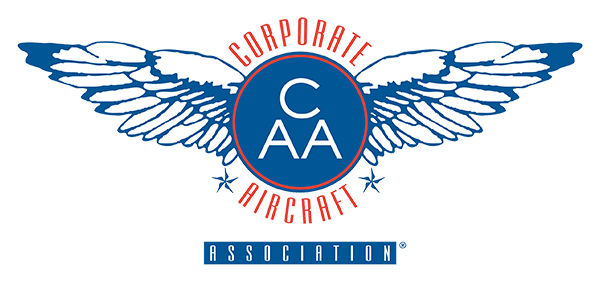Results 1 to 2 of 2
-
Username ProtectedMember
- Posts
- 55 Posts
- Thanked 21 times
- Other Services Provider
- Join Date
- Joined Jun 2022
02-19-2023, 08:23 PM #1
#1
Proposed New Rule - APIS Electronic Validation of Travel Documents
There is a Notice of Proposed Rule Making on the docket which could have a significant impact on Part 135 operators. This is a modification to APIS.
While the rule is clearly aimed at the airlines, we are afraid that it will sweep up Part 135 operators as well making the entire APIS process more burdensome. The General Aviation side of CBP has been hard at work at Single Syntax whereby the objective is to finally allow Part 135 operators to file their APIS manifests using the XML based APIS system used by Private General Aviation. Unfortunately, someone inside CBP decided to move forward with this NPRM without considering the impact on General Aviation.
I would urge all Part 135 operators in this forum to review the proposed rule and submit their comments before the April 03, 2023 cutoff date while there is still time.
Federal Register :: Advance Passenger Information System: Electronic Validation of Travel Documents -
Username ProtectedMember
- Posts
- 55 Posts
- Thanked 21 times
- Other Services Provider
- Join Date
- Joined Jun 2022
02-21-2023, 01:00 PM #2
#2
This is how I understand the current process. There are two ways of transmitting APIS for Commercial Operators.
There is an interactive process where the airline’s systems are interacting constantly with CBP and every time a passenger enters their information, that individual PAX is vetted. This occurs on a PAX by PAX basis and can be months before the flight as each PAX enters their information. This is the method typically employed by the airlines.
The second process is a batch process (like FltPlan.com) where you compile a manifest and then transmit it in bulk to CBP. On the CBP end they will confirm that they received complete records and transmit the automatic email saying that the information was well received. This is the method typically used by Part 135 Operators and Service Providers.
Under the NPRM If there is an issue with a PAX’s document, the issue has to be resolved by the Operator before the flight can depart. With the interactive airline process, this can be done as soon as the airline PAX enters their information as the airline and CBP systems are interacting dynamically. With the batch process, CBP will transmit a second email once they have analyzed the manifest against their records databases stating that there is a problem with the manifest and the Operator has to fix it. In this scenario, the Operator will have to contact CBP and hope that there is an officer available who is ready and willing to figure out which PAX has a problem and what that problem is. Once resolved, you have to transmit again, wait for all of the proper emails and then call CBP at the port to get permission to land.
Here are some possible scenarios that I have been led to believe are realistic:
- The email address on file for your APIS submissions is not immediately available to the pilot/dispatcher working the flight.
- The emails get interposed due to system delays, and you get the email saying there is a problem first and then the automatic email saying the submission was well received. This could cause confusion.
- You call CBP to resolve the problem but nobody is available to assist you at that moment, causing potential delays. (Remember, the airline system is dynamic and their system is talking constantly to CBP on a PAX by PAX basis so they know which PAX and what problem, no need to call CBP).
- CBP says that a particular document’s information is incorrect, but you do not have access to the PAX’s travel document until they show up for the flight (typo in information sent to pilot). Now you have PAX ready to go while you are still trying to resolve the travel document issue with CBP.
In short, additional steps are being added that do not exist today in addition to the cost associated from modifying the APIS systems in use today. The airlines move millions of PAX, it is understandable that these steps may be necessary for that volume. Part 135 is a tiny fraction of that traffic and does not have the resources or the time to work with.
- Quick Links
- New Posts
- Participated
- Subscribed
- Today's Posts
- Hot This Week


 Reply
Reply





















